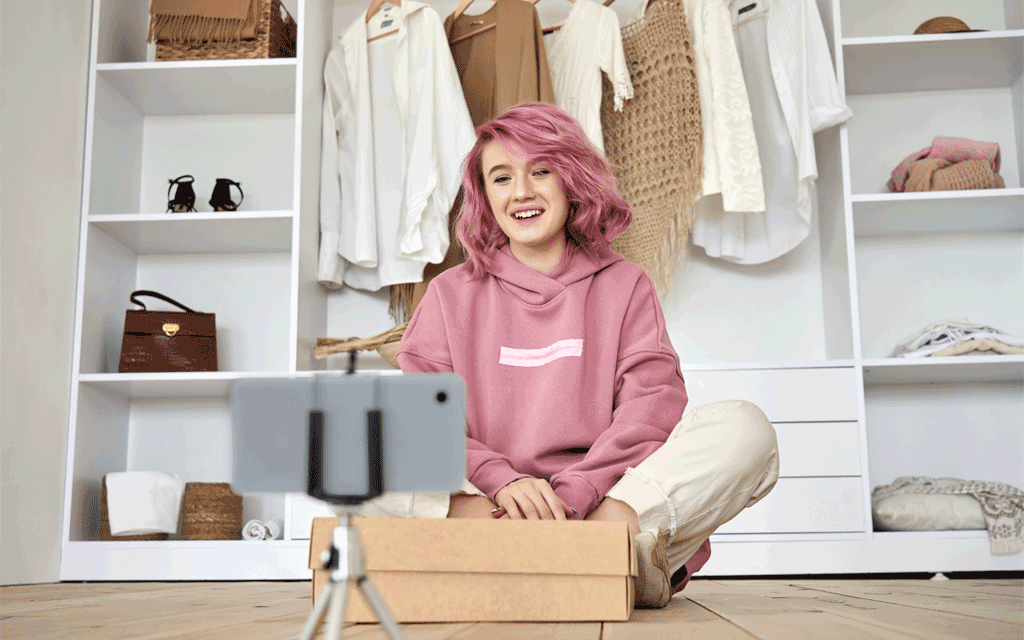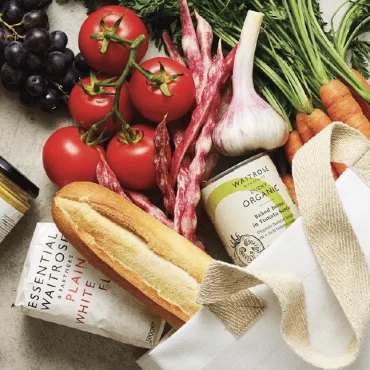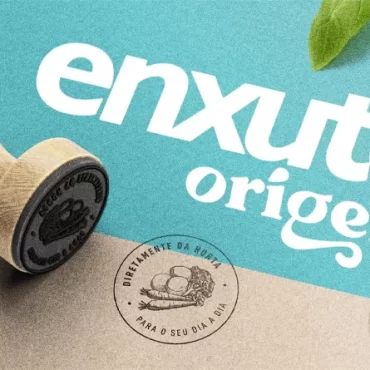What does the Z generation want in packaging design?

Get inspired
The arrival of a new generation to the market brings feelings of optimism and apprehension to brands. This is because young people have a contagious enthusiasm to get to know and transform the world, making companies rethink strategies and business plans. And the Z generation, which is already shaking the brands, has some peculiarities in relation to the previous ones: it is considered the first formed by digital natives, has sustainability as a prerequisite and does not have time for promises that only remain in the speech!
But how will the wishes of this generation be reflected in packaging design? And how are some brands meeting these expectations? To answer these questions, come check out the insights gathered by our team!
Nice to meet you, generation Z!

Generation Z young people were born between 1995 and 2010 and are digital natives – they learned to use cell phones and computers before they even learned to read.
As the report “True Gen: Generation Z and its implications for companies”, produced by McKinsey & Company, in 2019, points out that this context favored the emergence of a hyper-cognitive generation, “very comfortable with collecting and cross-referencing various sources of information , integrating virtual and offline experiences.”
And why should brands need to “take a closer look” on these young people? According to estimates by the technology company and financial market data Bloomberg, truegen (true generation) already represents 32% of the world population, surpassing millennials, which represented 31.5% in 2019. See?
According to the same report from McKinsey & Company, these are some characteristics of the Z generation that brands need to be aware of:
- Search for truth: also known as truegen, these young people believe in the power of dialogue to resolve conflicts and mobilize for a variety of causes, just like millennials. The difference is that they are not idealistic and always seek honesty, both on the part of the brands and in relation to the authorities.
- No more labels: generation Z values individual expression, not defining itself through a single stereotype. They want to experience different ways of being themselves and are considered “identity nomads”.
- Inclusion: technology allows these young people to live with different communities and causes. And they value these tools, because they allow interaction between people from different economic and social realities.
- Pragmatism: Generation Z grew up in the midst of a series of economic crises, such as that of 2009, which is why it values financial savings and job stability. Accessing multiple sources of information, she analyzes different scenarios before making decisions.
- Ethical and responsible consumption: Generation Z seeks brands that support their causes, such as sustainability, and act effectively for them. According to the global report “Culture Next Trends Report”, published by Spotify, in 2020, 91% of these young people believe that brands should add genuine value to society and not just sell products.
How does generation Z relate to packaging?
Connectivity, support for relevant causes and being direct: Generation Z has just arrived on the market, but it already shows what it came from. Check out some of his aspirations that are already transforming the way of making packaging around the world!
1. Safe virtual experiences
A study made by Motorola with members of generation Z – in partnership with Ipsos and Dr. Nancy Etcoff, a specialist in mind-brain behavior and the science of happiness at Harvard University – found that 49% of respondents check their cell phones more frequently than they would like, and the same percentage considers the smartphone their best friend. Hyperconnected, but conscious, this generation has shown greater concern in relation to the problems brought by technology.
Therefore, brands need to integrate their packaging proposals with safe and value-adding virtual experiences. A good exemple was Nutella, which this year launched a series of special packages, which allowed users to make a virtual visit to various places in Italy through a QR Code. The action is the result of a partnership between Ferrero (owner of Nutella) and the Italian national tourism agency, to enhance the country’s beauty, one of the most affected by the pandemic.
2. Sustainability in practice
The climatic collapse has been sending warning signals about the importance of preserving the environment and affects, especially, the youngest. For the “first generation without hope”, as the journalist Eliane Brum defined it, there is no time for brands that restrict their sustainability actions to beautiful speeches or actions with little impact. Companies need to act quickly and effectively.
Hearing this call, McDonald’s and Starbucks started to take action and teamed up to implement two pilot projects for reusable cups in some coffee shops in the cities of San Francisco and Palo Alto, USA. The first is the CupClub, which provides boxes for users to pick up and return their glasses. The second is Muuse, which offers QR Code cups for users to pick up and return their cups – a scheme similar to the one we use to pick up shared bikes in Brazil.
3. Transparent speeches and practices
Some brands already know that packaging fulfills several functions: protecting products, delighting consumers and informing them about the content they are purchasing – and young people in Generation Z take it very seriously. After all, they are looking for brands that are transparent and keep their promises.
Who decided to be direct was RX Bars, a company that manufactures protein bars: the brand highlighted the ingredients of its products in the packaging, emphasizing its simple and nutritious approach to food. With a minimalist footprint, she emphasized the components of the recipe, to excel in physical and virtual supermarkets.

As we have seen, generation Z have been bringing new paradigms to the market and emphasizing the importance of brands that seek inclusion, sustainability and connectivity in their strategies. And that applies very well to packaging companies. More than ever, it is time to listen to youth and rethink practices. Will you face this challenge?
Did you like our insights? Then follow us there on Instagram, Facebook and Linkedin and receive more doses of inspiration in your feed!



